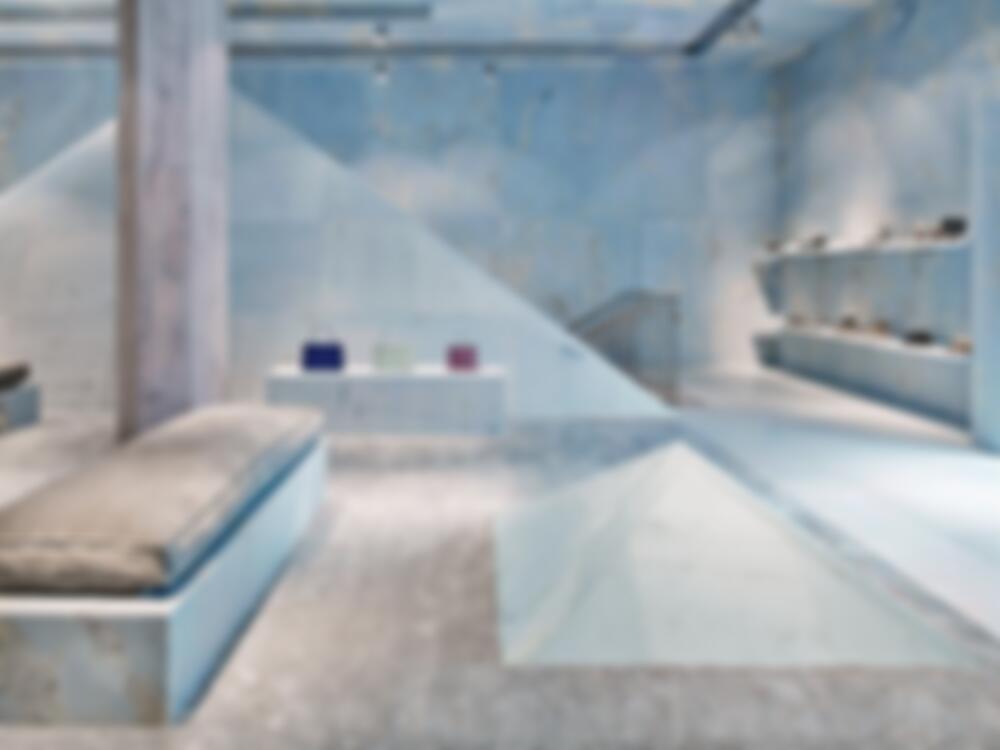In earlier times people congregated in temples and churches. Today, anyone moving around a metropolis like New York will choose to meet people elsewhere. They will stand patiently in queues outside the Apple store in Soho or Supreme on the Bowery, and pass through the larger-than-life gates of the city’s flagship stores, roaming through wide halls in which only a...
Focus on Retail and Display: Monumental Renaissance – Walkable History / ies
Issue
01/2019 DETAIL inside
Source
DETAIL

© Mikael Olsson

© Mikael Olsson